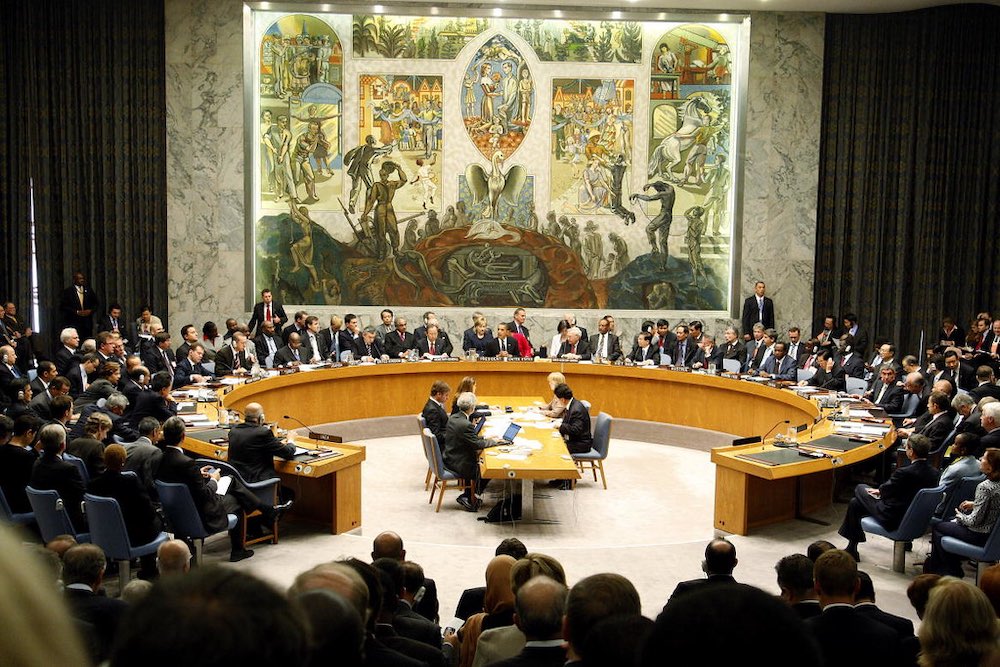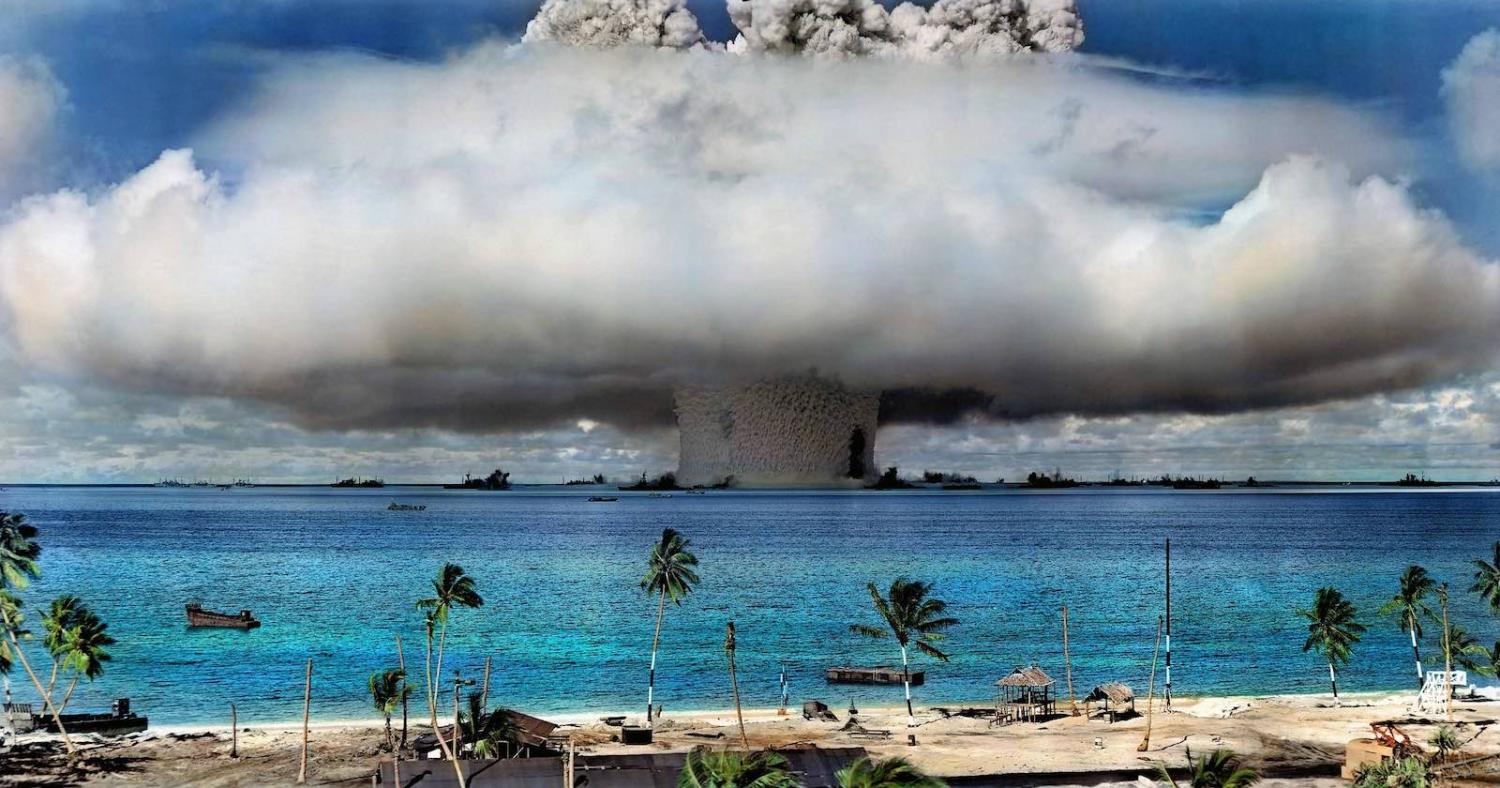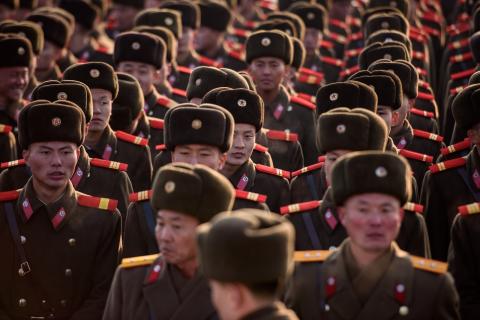You could be forgiven for assuming that governments of the world inhabit two parallel universes. In July this year, Australia launched the 2020 Defence Strategic Update, which concluded that its region “is in the midst of the most consequential strategic realignment since the Second World War”. Pledging more than a quarter of a trillion dollars in new and upgraded capabilities between now and 2030, Prime Minister Scott Morrison invoked the 1930s to warn of “the multiple challenges and radical uncertainty we face”.
In contrast, the entry into force of the Treaty on the Prohibition of Nuclear Weapons (the Ban Treaty) presents as hopes among some other nations that sheer force of will is enough to bring about a world free of nuclear weapons. Established in 2017, the Ban Treaty commits states parties not to manufacture, transfer, station or receive and “never to use or threaten to use nuclear weapons”. The Treaty represents a watershed insofar as it obligates complete nuclear disarmament with no conditions – unlike the Non-Proliferation Treaty, which has carve-outs for the five countries that tested nuclear devices prior to 1 January 1967 and aims to achieve nuclear disarmament in the context of general disarmament.
Regrettably, however, the Ban Treaty is a triumph of wishful thinking over realism.
Rather than fashion a treaty that provides a practical pathway to eliminating nuclear weapons, the Ban Treaty’s authors have actually made it harder. As members of the NPT, North Korea, Iran and Iraq all agreed not to acquire nuclear weapons, and have sought to do so anyway. The Ban Treaty does not even try to address the problem of verification and compliance.
Without proper verification and enforcement provisions, arms control treaties are worth little more than the paper they’re written on. Worse still, they provide a false sense of security.
Members are merely required to “submit a report” to review conferences on their disarmament activities, and the Ban Treaty notes vaguely that “states parties shall designate a competent international authority or authorities to negotiate and verify the irreversible elimination of nuclear weapons”. Should such designation prove impossible before its entry into force, “the Secretary-General of the United Nations shall convene an extraordinary meeting of the States Parties to take any decisions that may be required”.
For those NGOs and countries, including Australia, committed to nuclear disarmament, this is a bad treaty. Without proper verification and enforcement provisions, arms control treaties are worth little more than the paper they’re written on. Worse still, they provide a false sense of security. Allowing a state to sign up and cheat on its nuclear disarmament commitments, with no means of holding that state accountable, damages the long-term prospects for eliminating nuclear weapons. Russia and Syria are now openly violating the treaty banning chemical weapons with impunity – there is no reason to assume the Ban Treaty would fare any better.
Furthermore, the claim that the Ban Treaty renders nuclear weapons “illegal” doesn’t stand up to scrutiny. Those that choose to stay outside the treaty aren’t legally bound by it under international law and can simply ignore its existence. Alliances where nuclear weapons play a role in security assurances will continue to reject the illegality claim. NATO’s then-29 democratic members affirmed in 2017 that they would “not accept any argument that [the Ban Treaty] reflects or in any way contributes to the development of customary international law”.

Nuclear-armed states very much still see nuclear weapons as crucial instruments of strategic power. Through nuclear coercion, increased deployment of “tactical” nuclear weapons and its deliberate breaking of the Intermediate-Range Nuclear Forces Treaty, Russia is leveraging its nuclear forces in an attempt to subjugate Ukraine – which gave up its nuclear weapons in exchange for Russia’s promise to respect its borders – and undermine the trust of Scandinavian and Baltic countries that have foresworn nuclear weapons in favour of security guarantees provided by NATO allies. In the Indo-Pacific, North Korea is progressing quickly towards a robust nuclear intercontinental ballistic missile capability, and China remains the only one of the five nuclear weapons states in the NPT to be significantly expanding its nuclear arsenal.
It should thus be no surprise that, much to the frustration of nuclear disarmament advocates, US allies remain unenthusiastic about eliminating nuclear weapons in the current security environment. For Australia, extended nuclear deterrence has, as stated in the Rudd government’s 2009 Defence White Paper, “over the years removed the need for Australia to consider more significant and expensive defence options”. Indeed, renouncing the protection that the nuclear umbrella affords Australia makes little strategic sense. This perspective is shared by NATO’s most influential non-nuclear member, Germany, whose Defence Minister stated only last week that continued cooperation with the US on nuclear deterrence “demonstrates that we have recognised the serious nature of the strategic situation, and are willing to do the right thing”.
Despite extreme ideological divisions and acute periods of strategic tension, the Cold War did not result in World War III because leaders on both sides repeatedly shied away from provocations and deliberate escalation of crises for fear of raising the possibility that nuclear weapons might be used. In the world described by Australia’s 2020 Defence Strategic Update, we will need more of that caution, not less.
The authors’ work is supported by a Department of Defence Strategic Policy Grant on extended nuclear deterrence.

